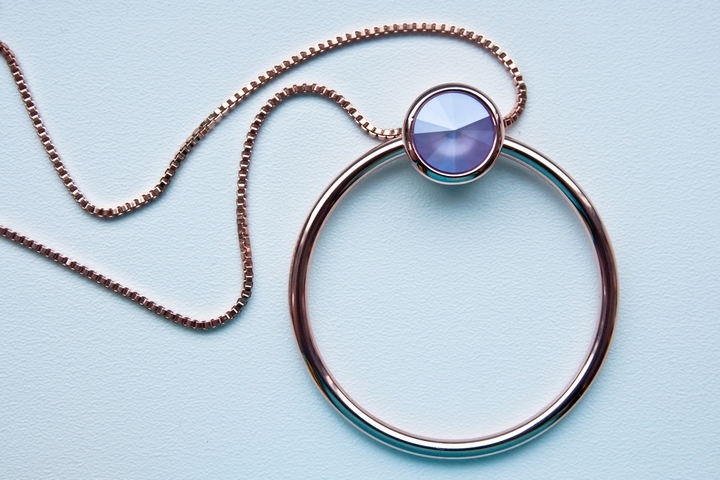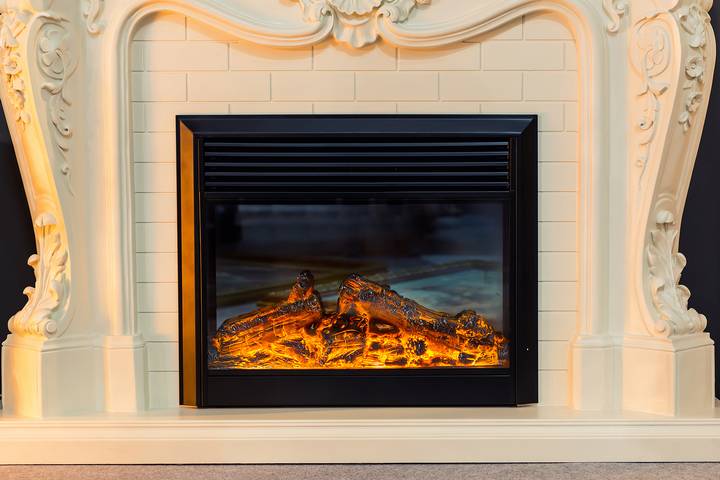If you search the term ‘nurse image’ on Google, the first image that pops up depicts a nurse wearing a white or blue uniform, a white lab coat and blue scrubs.
This immediately tells you there is a prescribed nurse dress code These colours may look unattractive and difficult to pull off, but guess what; there are ways to spice up your look while keeping to the set standards. Here are a few tips to help you follow the nurse dress code:
Nurse Dress Code #1 – Keep It Simple

Simplicity is the key to looking presentable, regardless of the occasion or profession you are in. Avoid wearing too many colours in the same outfit and go for the normal single neutral-colour scrub sets. The last thing you want is for people to mistake you for a peacock. When it comes to colours in the nurse dress code, go with the minimalist approach.
Nurse Dress Code #2 – Fitting Clothes

A well-dressed nurse in fitting clothes gives the impression of reliability, strength and confidence. On the other hand, a sloppily dressed nurse brings out the complete opposite. First impressions being what they are, wearing right-fitting clothes exudes confidence and sends out a clear message to a patient: they are in good hands.
Nurse Dress Code #3 – Pick Simple Colours

Have you ever wondered why the preferred colours for nurses’ attire are blue, grey, and white? It turns out that colour affects moods, feelings, and emotions. Our perceptions of different colours are also deeply rooted in personal experiences and culture. Therefore, different colours have various implications in different contexts. In the medical profession, in most parts of the world, blue implies calmness and stability while white represents purity and service.
These colours can be blended to make a simple and stylish outfit. It is important to note that the outfit you wear also depends on the patients you are handling. Besides, most hospitals prefer to have their nurses wear a uniform colour so it can be a point of reference for their patients.
Nurse Dress Code #4 – Pick Simple Prints

Rules for the kind of attire nurses should wear continue to evolve; they are now more flexible compared to the 80s and 90s. Since medical scrubs are considered the most appropriate clothes for both male and female nurses, you can still make it unique by adding a bit of print to it, but observe moderation since simplicity is key. You can add a print to the pockets or the collar of the scrub tops.
Nurse Dress Code #5 – Avoid Accessories and Jewellery

While it is true that nurses have a right to self-expression, how they do this affects patients in equal measure. Artificial nails, rings and bracelets are highly discouraged among nurses while on the job since they pose a great risk. For instance, they could cause infections and demonstrate a lack of professionalism in the eyes of a patient. Wear such accessories in moderation or avoid them altogether as part of the nurse dress code.
Nurse Dress Code #6 – Pick Good Clothing Material

As a natural product, cotton can control moisture, provide comfort, insulate, is hypoallergenic and very durable. When used to manufacture clothes, especially nursing attire, it is very easy to maintain and helps you pull off that sharp, neat and presentable look. It’s the kind of attire that makes you stand out in a crowd.
Nurse Dress Code #7 – Wear the Caps

Remember the white cap, which was quite popular for most of the 20th century? You should probably consider adding that to your nursing attire cap it all off. In as much as they were phased out due to their impracticality, caps were meant to convey the pride and dignity of the profession. To make sure they don’t fall off at the most inappropriate times, you can merely use pins to hold them in place so you are as comfortable as you can be.
The dress code for nurses has undergone a significant transformation from the days of wearing casual clothes to the familiar white, blue and grey nurses’ attire we see today. Though there have been contentions on whether or not the health institution should dictate the nurses’ dress code, it is important to look at it from the perspective of how it affects the patients.
Those who are for it argue that the dressing standards help exude professionalism and affect patient perceptions and satisfaction, while those against it propose that nurses should have the right to express themselves freely so long as they are presentably dressed and maintain high levels of hygiene.
What’s clear in all this is those first impressions are everything, and although you should not judge someone by how they look, it goes a long way in dictating how other people perceive you and your service. Of key importance is the need to encourage patients and let them feel you are to be trusted. Dressing appropriately goes a long way in fostering this impression, and the fact that you need to follow the nurses’ dress code does not mean you can’t look good while at it.




